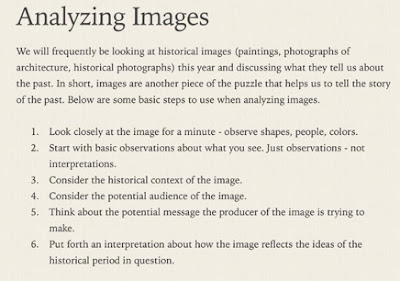The Global Nature of WWI: Two Awesome Twitter Threads
The 100th anniversary of the end of World War I has spawned a number of new resources about the war. Two of those resources remind us of the global nature of that war. Both come from writers on twitter who tweeted the nature of the war in China and Africa I snagged both twitter threads and used a service to embed them below. My thanks to Angela Lee for tweeting both. The first comes from Eileen Cheng-yin Chow, Director of Shewo Institute of Chinese Journalism. Chow notes that although China contributed much to the war effort, including an untold story over 140,000 Chinese laborers who fought on the European frontlines beside French, Russian and British troops, she got few concessions at Versailles. The thread includes some interesting links including a trailer for a new movie from Yellow Earth Productions called "Forgotten" that is about China during the war. Another link takes you to a fascinating National Post Story about Chinese Labor Corps during the war. The second tw

